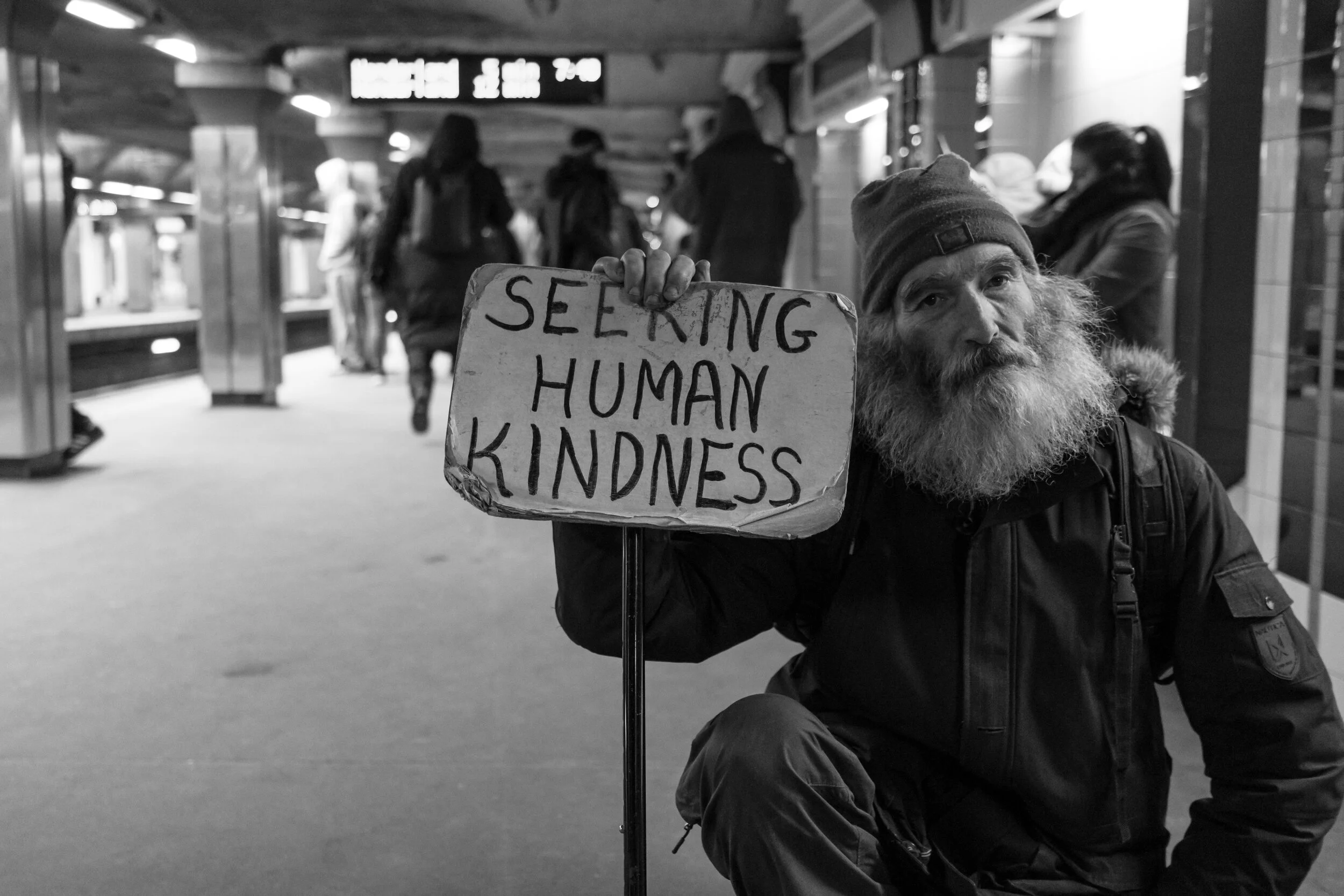My Personal Three C’s Of The Week: Controllables, Crisis, Charity
My older daughter Norah (2) speaks part English part “Daniel The Tiger”. Walking around our house she will randomly shout statements like, “ I don’t meow, have to meow” (we are obviously doing great as parents) or something easier on the ears like, “I love you just the way you are Daddy”.
The volatility we are seeing in the markets, as it relates to day to day swings, has not been seen since the late 1920s. Between the volatility, we are seeing in the markets and the effects of the Coronavirus socially and on local businesses, it seems like we are in for quite a ride. Today I found myself humming a timely Daniel The Tiger tune. Ultimately reminding myself to control the controllables and relax.
“Give a squeeze, nice and slow. Take a deep breath, let it go”
Whether you are working from home right now, finishing up at your place of work or are now forced into a home school teaching role, we all have a lot of thoughts going. Here’s how I’m processing mine:
Controllables:
This can apply to how we interact with others in the world however, I’m applying it to investing. As of the close today, the S&P is down 30% off its highs with individual companies we are all familiar with down much farther.
At our firm, we have strict rules and guidelines around rebalancing. After reading others’ research and conducting our own, rebalancing based on time (semi-annually, annually, etc.) and threshold (if a position becomes underweight or overweight compared to the rest of the portfolio) can greatly improve the risk/return characteristics of an investment strategy. It also incorporates a “buy low” “sell high” attitude and can feel like you are taking action in volatile markets while not succumbing to market timing. Note that the use of an Investment Policy or a rebalancing policy is a must.
Lastly, rebalancing isn’t solely about buying low and selling high. Another key feature is managing your risk over long periods of time, especially if you are taking withdrawals. Michael Kitces has done multiple posts about this. The below chart tracked withdrawals over a 30 year period. You can see how during down markets the lack of rebalancing diminishes the portfolio.
Crisis:
A timely podcast from Patrick O’Shaunghnessy came out this week titled “Investing Through Crisis”. I wanted to be careful before using the word “crisis” in this post, but the definition seems to fit the times. The paper, written by the Dan Rasmussen the interviewee of Verdad Capital, was published in the Winter of 2019 and looks back on past periods of crisis and if there were any silver linings that could be taken from it. Here are some bullet points that I think we can help us today:
There is the expansion of the breadth of rational beliefs during times like this: Rasmussen goes on to point out that there is massive uncertainty around the worst-case scenarios and best scenarios and often the world can’t disprove either. This is a key metric in volatile markets.
Bear markets have more predictable movements than Bull markets: Human behavior (fear, worry, etc.) drive bear markets. What’s worked (the rationale behind a bull market) will vary case by case.
Market timing requires three unknown data points: Being correct on all three of the below data points is highly unlikely.
You must decide what’s going to happen in the future
You must decide when to get out
You must decide when to get in
Charity:
I read this post that inspired me to take a step back and be grateful for what I have as opposed to what is uncertain. In Portland there are/will be many groups specifically impacted by the Coronavirus. After talking with a few local leaders, they substantiated that donating to these causes can have a profound impact:




















